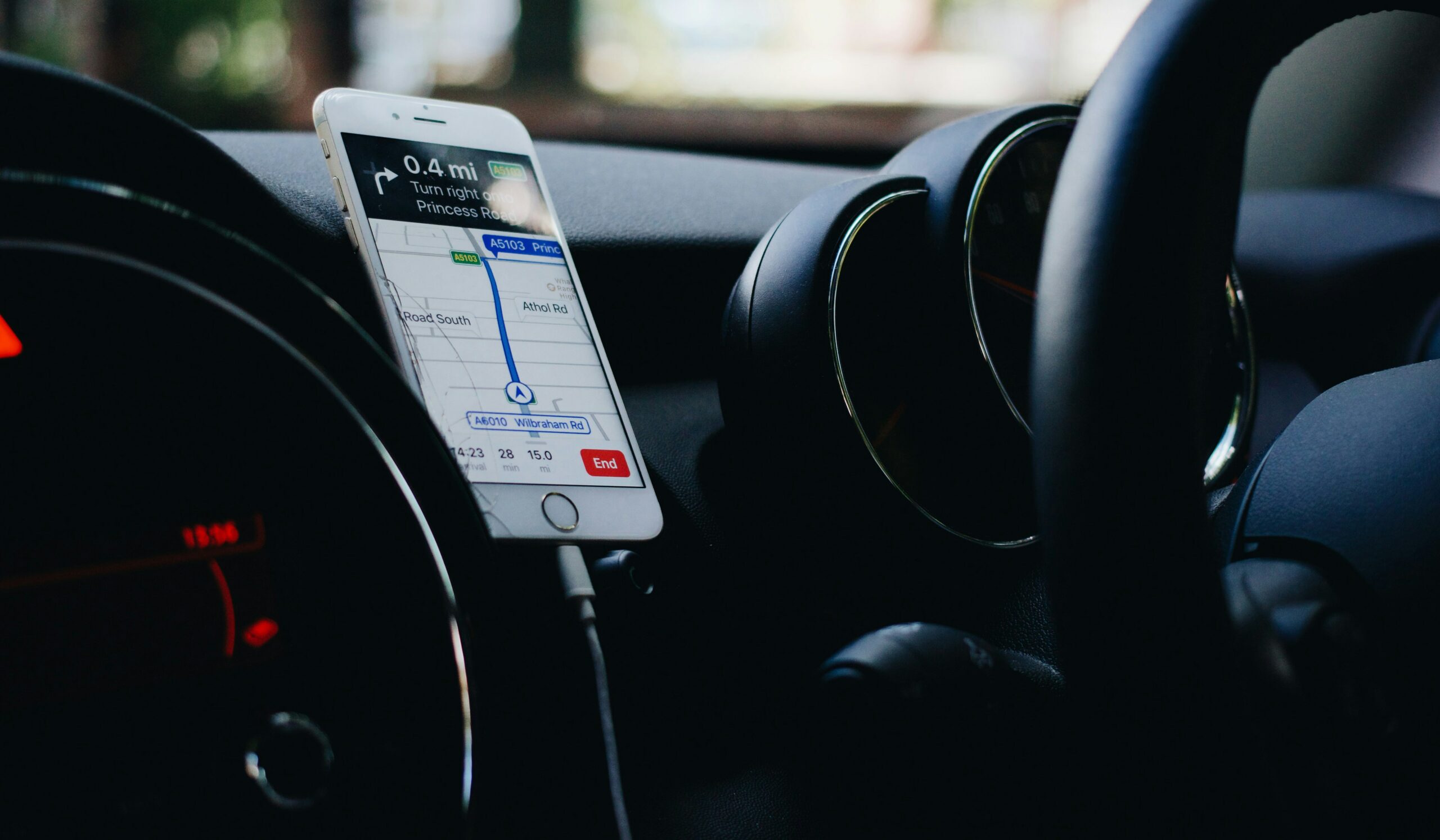
With the cost of living crisis and rising fuel costs, there aren’t many people out there who would turn their noses up at saving money on fuel, especially business owners with multiple vehicles or a fleet. In this post, we’ll discuss our 8 tips for driving efficiently, saving you fuel and money that can be used elsewhere.
What is the best way to save fuel when driving?
There are certain steps you can take to consume less fuel when on the move:
- Accelerate carefully
- Maintain your speed
- Don’t idle your vehicle
- Go easy on the air con
- Remove unnecessary weight
- Check your tyre pressure
- Plan and anticipate
- Combine your trips
Let’s look at our tips to save fuel in more detail:
1. Maintain your speed
Driving at a steady speed will burn less fuel. Consistently going up and down in speed, even at a few miles per hour, can drain your fuel as the engine works harder.
When on the motorway, take advantage of cruise control for a smooth speed. Cruise control is most effective on long, flat stretches of road where your vehicle can maintain a steady speed without frequent acceleration or braking.
When driving in hilly or mountainous areas, however, it’s often better to deactivate cruise control. In these conditions, the system tends to overcompensate when climbing hills or braking on descents, leading to inefficient fuel usage. By manually adjusting your speed, you can anticipate changes in the terrain and maintain a smoother, more fuel-efficient drive. This not only helps with fuel economy but also reduces wear on the vehicle’s engine and brakes.
2. Accelerate carefully
Hard and fast acceleration is the biggest user of fuel, so by going steady on the gas, you’ll find that your fuel supply lasts longer. Accelerate carefully and drive in the highest gear possible within the road’s speed limit.
The faster an engine spins the more fuel it consumes, so change up through the gears quickly with as few revs as possible.
3. Don’t idle your vehicle
Bad for the environment and bad for your fuel supply, don’t allow your vehicle to idle, i.e. leave your vehicle’s engine running while it isn’t moving. Unless your vehicle already has the auto stop-start technology, if you’re waiting in traffic, you should ideally be turning your engine off if your vehicle is stopped for more than one minute. Leaving it running is a surefire way to guzzle fuel.
4. Go easy on the air con
Air conditioning (and heating) uses fuel to operate, so consider not using them unless necessary. Layer up when it’s cold and wear light clothing when it’s hot to reduce the likelihood of you needing to switch these features on and use up fuel. It’s also worth seeking out shady spots in the summer when you park, keeping that interior nice and cool.
5. Remove unnecessary weight
Lightening the load of your vehicle is a great way to save on fuel. The more weight your vehicle carries, the more fuel is used to keep it in motion. The more bags you put on a donkey the faster he will run out of energy, so take out unnecessary items if you’re not using them, especially heavy ones.
If you’ve got top boxes or a rack on your vehicle, remove them if you’re not using them. They can create drag, slowing your vehicle down and requiring the engine to work harder to reach and maintain speed.
6. Check your tyre pressure
If your tyres are under-inflated, then your vehicle’s rolling distance will increase. This will lead to your vehicle having to work harder to maintain its speed. Ensure your tyres are always topped up to their ideal pressure level to ensure safe and smooth driving and the longevity of your tyres.
7. Plan and anticipate
Planning your driving routes ahead of time combined with anticipating traffic can go a long way to helping save fuel. A route plan means no wrong turns, avoiding roads full of stop signs and intersections, and getting stuck in traffic from construction and accidents. A well-organised journey means fuel saved.
8. Combine your trips
A warm engine is an efficient engine. If you have multiple errands to run, try to combine them all into one trip. Here’s why it works:
- Improved combustion efficiency – When an engine is at its optimal temperature for operating, the air-fuel mixture burns more completely for better energy efficiency. Combining trips keeps the engine warm for better burning and better fuel vapourisation.
- Reduced internal friction – Oil is thicker in cold engines and doesn’t lubricate the moving parts as well which creates friction, which in turn uses more fuel. Oil thins as the engine warms, reducing friction and allowing the engine to run more efficiently and burn less fuel.
- Reduced warm-up time and idle consumption – Cold engines need more time to warm up. During this time, they use extra fuel to get to the right temperature. By combining tasks, you keep your engine at the ideal temperature for burning fuel efficiently.
Van servicing from Norfolk Truck & Van
Here’s our not-so-secret ninth step: regular van maintenance will help you save fuel in the long run. If your vehicle is well maintained via a routinely scheduled service, the components your van is made up of will work more efficiently. A more efficiently working vehicle means more efficient fuel usage. It’s a no-brainer if you’d like to save money to spend on things that matter more to you or your business.
To schedule a professional servicing or MOT, contact your local depot today. For the Norfolk depot, call 01603 253 300. For the Suffolk depot, call 01473 834 200. For the London depot, call 0208 804 1266. For our Norwich Van centre, call 01603 253 999. Alternatively, use our online enquiry form and a member of the team will get in touch.